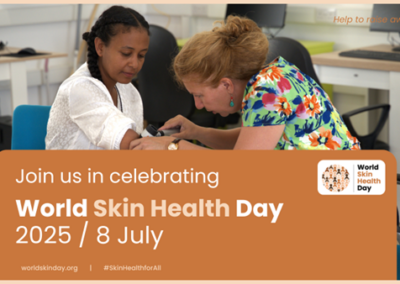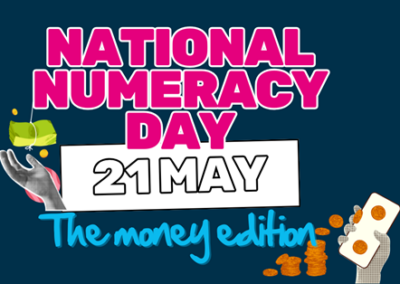Written by Pip White, Senior Medical Writer
The global value dossier (GVD) is a vital resource to ensure internal strategy alignment and facilitate external communication. As described in our previous blog, GVDs incorporate evidence-based messaging, comprehensive trial results, and robust economic analyses to convey the product value story.
Randomised controlled trials (RCTs) have traditionally been considered the gold standard for evaluating the efficacy and safety of an experimental intervention. This is mainly due to RCTs following prospective study protocols in which endpoints are pre-defined and eligible study participants are randomly assigned to treatment groups. Whilst RCTs continue to provide the highest level of evidence, the need for real-world evidence and data collection when RCTs are deemed unethical/impractical necessitate non-randomised interventional and observational studies.
In the National Institute for Health and Care Excellence’s (NICE) recent methods update, RCTs remain at the top of the evidence hierarchy; however, NICE acknowledge the potential disadvantages of RCTs and the strengths of non-randomised studies. The greater recognition of non-randomised evidence is new to the update and may reflect a movement towards an evidence base in which RCTs and non-randomised studies provide complementary evidence if appropriately justified.
NICE processes and assessments are held in high esteem and its methods underpin many health technology assessment (HTA) processes across Europe. Given NICE’s far-reaching influence, it is likely that other countries will follow suit with respect to their recognition of non-randomised evidence. This step-wise development at an HTA-level may subsequently impact the choice of evidence presented in GVDs. Specifically, this may lead to non-randomised studies being increasingly included when RCT data are absent/limited. The inclusion of supplementary non-randomised studies may also provide long-term evidence in a wider patient population that is reflective of clinical practice.
If you would like to learn more about evidence selection when communicating the value of your product, please contact the Market Access and Value Communication team at Source Health Economics.




